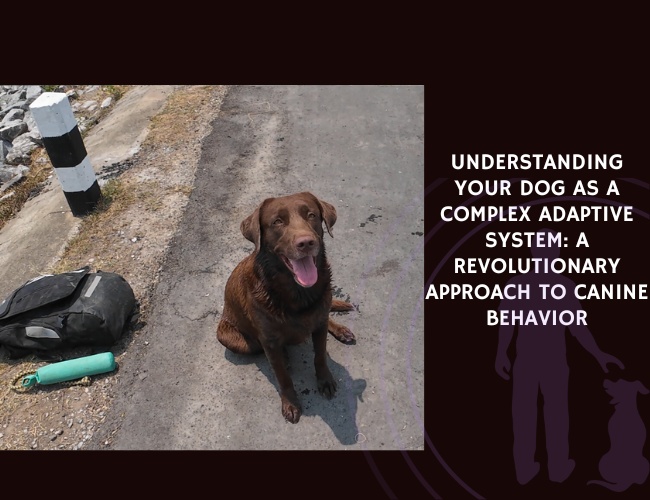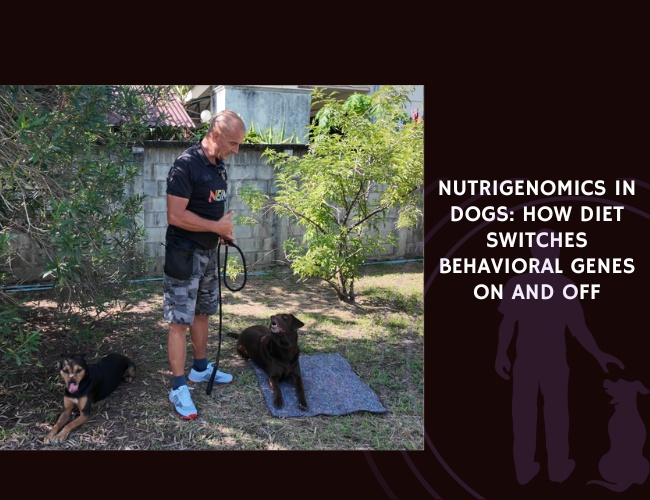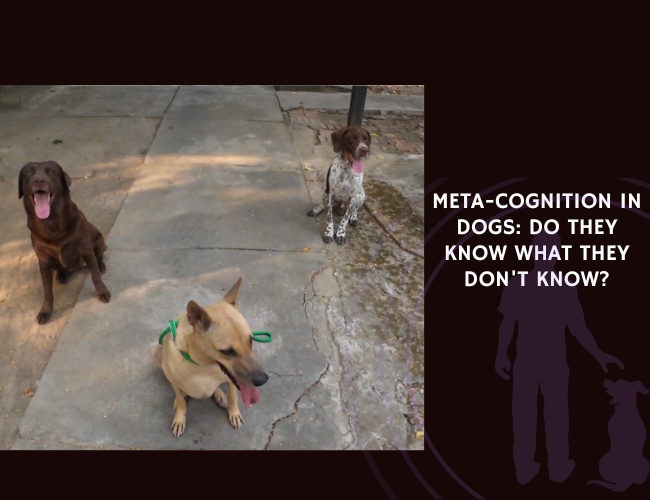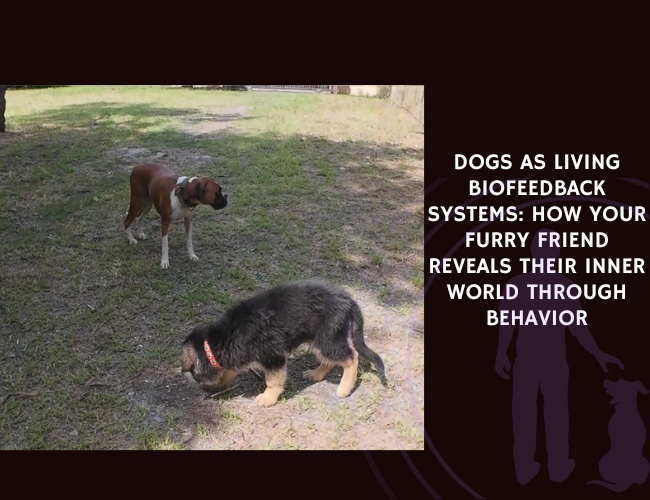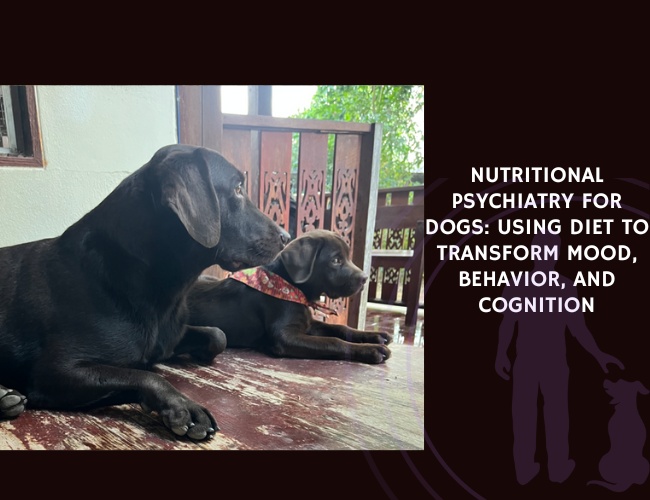Hyperactivity in dogs can present with multiple behavioral challenges, including impulse-control issues, excitability, and difficulty adapting to everyday environments. A 2015 case study by I. Luño and colleagues reported on a 9-month-old intact male Weimaraner referred for evaluation due to persistent behavioral concerns and a history of pica, which complicated an underlying food intolerance.
The dog’s behavioral profile included destructiveness, attention deficits, restlessness, and redirected aggression during walks. Clinical examination ruled out hyperkinesis based on normal vital signs and lack of paradoxical responses to a central nervous system stimulant test. The presumptive diagnosis was canine hyperactivity.
Initial treatment emphasized non-confrontational management: avoiding reinforcement of negative behaviors, rewarding calm states, increasing structured play and exercise, and incorporating obedience training. These strategies improved behavior at home, but difficulties persisted outdoors, leading the owners to shorten walks—a step that inadvertently worsened the dog’s issues by reducing physical outlets and increasing frustration.
Long-term improvement was achieved through a combined approach that included behavioral therapy, fluoxetine treatment (1.5 mg/kg daily), castration, and management of medical conditions. These interventions reduced impulsivity and excitability, allowing the dog to achieve more stable behavior across different contexts.
The authors highlighted the dangers of confinement in hyperactive dogs, noting it often exacerbates behavioral problems. The case illustrates how hyperactivity may stem from multiple contributing factors—including environment, medical conditions, and lack of structured outlets—and requires integrated strategies for effective treatment.
Source: Luño, I., Rosado, B., Palacio, J., Villegas, A., González‐Martínez, Á., & García-Belenguer, S., December 11, 2015.


